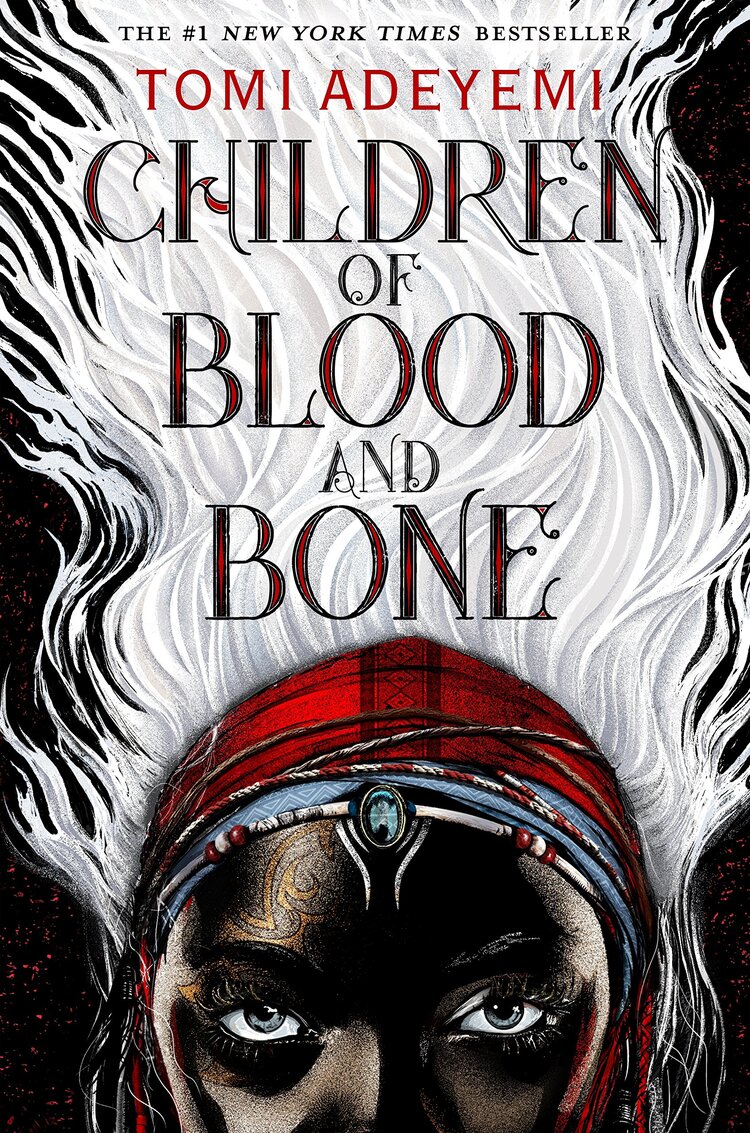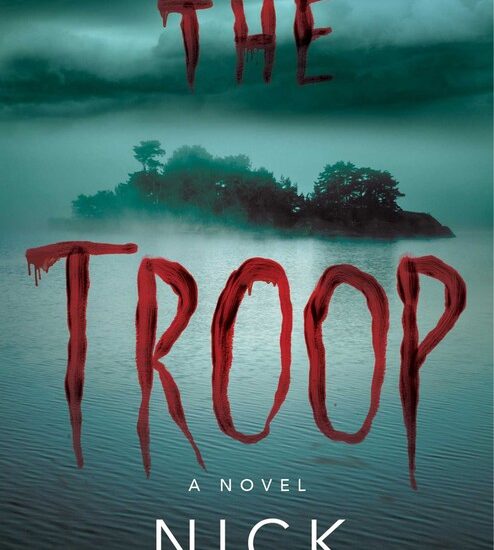Children of Blood and Bone: A Review and Social Commentary That Runs a Bit Long
With Children of Blood and Bone, Tomi Adeyemi set out to create a story that would help heal the wounds caused by systemic racism and the murder of people of color by police officers. While I can’t know how this affects someone from that community, I appreciate the message of empowerment this story encapsulates so well. Zelie and Amari are disenfranchised young women who, through the course of the novel, learn to own their power.
I will try to have as few spoilers as possible, but since the book is now two years old and has a sequel already released, I think I can be forgiven for not respecting a moratorium. I will discuss some things that will require me to delve into the setup and beginning hook of the story, so if that bothers you, go read it and come back. This post will keep. I wish I had read it sooner myself.
Zelie Adebola is a teenage girl in a fantasy country centered on Yoruba mythology called Orisha. She is a diviner, which are people who have the ability to access magic from the gods but have not yet touched magic. Once they are able to use magic, they are called maji. Diviners and maji are distinguished from other people by their white hair. Zelie would have been able to use magic on her 13th birthday, but when she was a child, a tragic event called the Raid occurred. The king of Orisha gathered all the maji, murdered them, and somehow severed Orisha’s connection to magic.
Since then, the surviving diviners have been treated as second class citizens and slaves in some cases. Zelie’s mother was one of the maji murdered during the Raid. She lives with her brother Tzain and father, whom they call Baba, who do not have the ability to touch magic. They are called kosidan because they do not have any latent magical abilities. They live in the small fishing village of Ilorin. Here Zelie learns to sew but in secret learns how to fight with other diviners from Mama Agba, a maji seer who shaved her hair and was spared from the Raid.
On a trip into the capital of Lagos to sell a rare fish, Zelie encounters the princess of Orisha, Amari, who is running away from home. The king’s military has discovered an artifact that brings back magic to any diviner that touches it. To test it, the king orders Amari’s maidservant, Binta, to touch it. As soon as she does, magical light dazzles from her hand. The king promptly executes her while Amari watches, unbeknownst to her father. Amari steals the artifact and asks Zelie to help her escape when she runs into her in the market.
I’ll stop the overview of the plot there. Suffice it to say, it has everything you expect from an epic fantasy: magic, adventure, and high stakes. It’s a young adult novel, so there are coming-of-age subplots as well as two romance subplots. I’ve read mostly what I’d call “traditional” fantasy such as The Lord of the Rings and The Wheel of Time series. Reading CBB is like eating a Cubano when you’ve been eating ham and American cheese every day for lunch. You still love the classic ham and cheese, but the different pork, cheese, mustard, and pickle make your palate take notice.
There’s certainly nothing wrong per se with classic European medieval interpretations of fantasy, but it’s been done to death. The incorporation of the West African mythology and culture really transports you to somewhere new. There’s no reason why we shouldn’t have fantasy being authentically influenced by cultures from all around the world more often.
I know that some writers try to include flare from real-world cultures besides Western Europe, but it’s difficult to do it this well without being steeped in the culture and/or doing the research. And I think that last part is what’s really missing in a lot of traditional fantasy stories. They either rely on the old tropes or only give a surface-level treatment of non-European cultural influences. I can’t say I would do any better if I’m being honest, at least not right now. I haven’t read broadly enough or done the research. That’s something I aim to correct.
I’ll move on from the rant thread to discuss some of the other elements of the book I enjoyed besides the different cultural influences. The magic system is interesting in that it’s tied directly to specific deities that bestow upon people very specific sets of powers, based on fate more or less. Zelie’s mother, for instance, was a Reaper, which meant she had the power to commune with the dead and call upon them for aid. She also had the responsibility to help trapped spirits cross over into the hereafter. Other maji would conjure fire or air or tame wild animals. There are 12 maji clans in all, each embodied by a deity. This meant that maji weren’t all-powerful and couldn’t do more than what they were born to do. At least, not as far as Tomi has revealed in this book. This definitely prevents the all-powerful wizard trope from entering the story and making their success either inevitable (read: boring) or their defeat laughably unrealistic.
The main theme of the story relates very closely with many of the social issues we’re dealing with in America and other parts of the world right now, and have been dealing with very ineffectually for decades. Zelie is fighting a system that oppresses her and others like her for something they can not choose: their ability to use magic. The telltale white hair comes into play over and over in the story, for one character in particular. Systemic oppression of a minority is sadly common throughout human history and the world today. It’s the crutch many a despot has leaned on to keep their power. I would say that humans are poor students of history, but we’re also incredibly biased keepers of it. Unsavory facts can be glossed over or omitted entirely or turned into outright lies.
Rewriting the historical narrative is part of what keeps a system of oppression in power. We’ve reached a point socially and technologically where that’s become more difficult to do. The old institutions of power often choose to resist this, and they often do so by framing the debate in terms of “us and them.” We’ve seen this played out over the last four years in particular, but it’s been a problem for decades.
Other themes deal with growing into your own person while living under the expectations of your parents and how to use trauma as fuel for change. The former is very common in coming-of-age stories and to be expected given the age of the characters. The latter though is not often dealt with in fantasy very often. We all live through trauma, but there are communities where it’s a more frequent occurrence. Those people in particular need stories like this.
Another interesting theme related to the other two but substantial enough to stand on its own is that of female empowerment. The main protagonist is a young woman with great power. She is chosen by the gods to go on a sacred quest. She pushes herself beyond the limits and her own self-doubt over and over again. I hope my daughters and others’ daughters can find some inspiration in Zelie’s struggles and triumphs.
Needless to say, I enjoyed the book immensely and will read the sequel, Children of Virtue of Vengeance (affiliate link). I also look forward to the film adaptation that’s in the works. It’s an important story for our times and should be shared as widely as possible. Even if it’s just a fantasy novel.
Affiliate link to find Children of Blood and Bone below:

